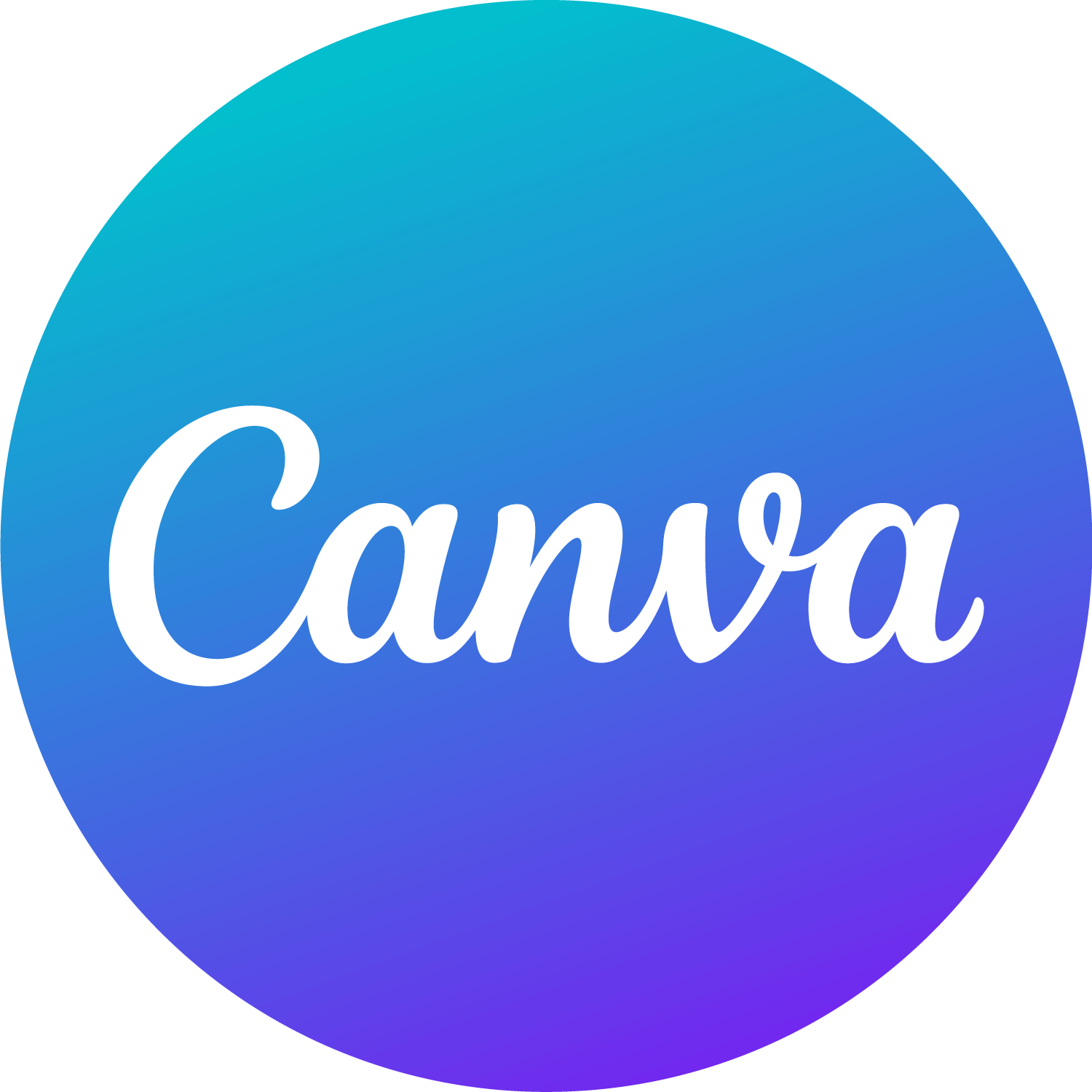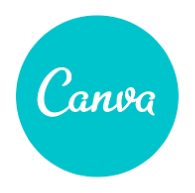Head of Brand Design at a Series E startup on Figma's wall-to-wall adoption
 Nan Wang
Nan Wang

Background
Since launching in 2015, Figma has quickly become an indispensable tool for design teams, displacing Sketch, InVision and Adobe XD as the primary tool for UX and product design across a growing plurality of companies. We talked to the head of brand design at a fast-growing Series E startup to get a better understanding of how and why companies adopt Figma, what makes it sticky (or not), and the 'hooks' that Figma uses to bring non-design members of the organization into the tool.
Questions
- How many users of Figma and Adobe XD are there in your company?
- Which Figma and Adobe plans are you on?
- Could you speak more about why you don't use Adobe XD?
- Who was the decision maker in your company with respect to the move from Sketch to Figma? And the upgrade from the pro tier, which is maybe $12 per month, to the organization plan that you are on?
- Is the VP of Experience closer to the design team or to IT?
- Did you speak with the Figma enterprise sales team or did you self-serve into the organization plan?
- What are the switching costs in designer tools?
- What would it take for you to switch off Figma?
- Could you speak about competitors of Figma such as Adobe X, InVision, Sketch, and Canva and the competitive dynamic between these tools?
- Do you use FigJam as well?
- Thinking about this workflow, what other department do you think can naturally fit in this end-to-end process?
- You spoke about the importance of community and the content library within your company. What about outside your organization? Do you see any network effects or cross-collaboration with the wider Figma community?
- Let's say Figma is adopted within your company, there are viewers and editors, and only editors are paid users. Can you talk through this bottom-up adoption within one team and how expansion happens within a company?
- What would make Figma a more valuable tool for the whole organization?
- Has the software budget at your company expanded in the last year?
- Is there anything important about Figma we haven't talked about?
- The past ten years saw the rise of developers, with designers as a segment that was less focused on by software companies. Do you think designers will be the next category in the spotlight within a company, in terms of the value they can bring?
Interview
How many users of Figma and Adobe XD are there in your company?
Guest: We have ten users of Figma and around 14 users of Adobe Creative Cloud. When it comes to XD specifically, zero.
Which Figma and Adobe plans are you on?
Guest: The Adobe account is on Adobe for Teams. Figma I believe is the organization package.
Could you speak more about why you don't use Adobe XD?
Guest: The reason behind using Figma originally came when we transitioned from Sketch. All the other designers that are not product designers were using Illustrator mostly. When we decided to refresh the brand, we figured that we needed a tool where all the brand guidelines, materials and colors could sit. They had to be in a location that was always up to speed, instead of in separate files that had to be refreshed every time there was a change. Really the choice of Figma at that time was because of the way they manage the user experience when it comes to updating all the libraries, the real-time collaboration, and the storage of files in one place. Everything is directly in the browser, and people have the ability to see the history and all the different changes that were made in time.
Besides that, something that Figma offers that is incredibly useful is the community and the way they do onboarding and keep you up to date. As a design team that works not only in products and UI, but also in design systems, the exposure that we get to other teams and the way they do design systems is incredibly useful.
And, in general, the fact that Figma was new. As designers, we always look at something that is disrupting the industry and is a new tool and shiny. That was the set of choices that made us go towards Figma.
Who was the decision maker in your company with respect to the move from Sketch to Figma? And the upgrade from the pro tier, which is maybe $12 per month, to the organization plan that you are on?
Guest: The ultimate decision maker is our VP of Experience. The reasoning behind the move was actually bottom up. Teams were trying to find a better way to use tools. We tested others and figured that this was the best option, and then the pricing and the budget were on the VP of Experience.
Is the VP of Experience closer to the design team or to IT?
Guest: She's closer to design. She's essentially a CDO (Chief Design Officer) but without the title, and she's in charge of the overall brand experience from brand to copy, product, and user experience. She's overlooking all the managers -- it's three of us -- and therefore all the hands-on designers that are below us.
Did you speak with the Figma enterprise sales team or did you self-serve into the organization plan?
Guest: I think we self-served.
What are the switching costs in designer tools?
Guest: The cost is mostly time. You have to somehow embed a set of files in the new tool, get used to the new tool, and establish the overall system to work for you rather than against you. The switch and the creation of content took about a month to get to having everything in place. That's still much more valuable in the long term than having a scattering of files and diversions, which is actually the biggest nightmare.
What would it take for you to switch off Figma?
Guest: I don't think it would be possible right now. We rely on Figma on things beyond design. Right now, we are using it as a brainstorming tool, to do prototypes for user research, to hand over the design system to developers -- thanks to the prototyping and the way of organizing content. It goes way beyond just the normal usage of design. Looking at the current market, we wouldn't be comfortable using another tool.
Could you speak about competitors of Figma such as Adobe X, InVision, Sketch, and Canva and the competitive dynamic between these tools?
Guest: All of them have a pretty clear idea of a single experience where a designer is required to handle a set of files, mostly UI. The prototyping works well. What they are missing is how designers are more torn towards developer thinking, which is something that Figma provides. If something doesn't work in Figma in the way it allows designers to align elements, it means that the developer is going to have a hard time doing that. Therefore, whatever we think as designers goes through a different process than in the other tools.
The other tools are developing very good tools for simplifying the workflow, but not changing the mindset. The collaboration is a second thought. If you look at Sketch, for example, you still have syncing of local files. They understand a bit better how not to make multiple versions, but that's still a 2010 way of looking at it, from when Dropbox came in and allowed for sharing of files. The reality these days is that we are way beyond that. Collaboration has to be a seamless shared place where everything is saved in a centralized place that is agnostic from each designer's machine.
Do you use FigJam as well?
Guest: We've been using it a little bit, mostly in the design community.
It didn't go past the design team mostly because you need access to active licenses, which we don't have at the moment. For others, we use Miro for brainstorming.
But we've tested it in a few workshops, and it provides a good set of tools. The interesting thing is not only the brainstorming itself, but how you can move that into an actual project right after. The experience is way more connected. Before you were struggling to figure out how to translate the UI made in Miro into the other tool. Now it's mostly a copy paste, which is much faster.
Thinking about this workflow, what other department do you think can naturally fit in this end-to-end process?
Guest: Front-end developers, mostly. For the end-to-end, those are the only ones beyond design, because they will experience the brainstorming piece where they have to build flows, the code taken out of a high-fidelity UI and sometimes prototypes to see if an idea works or not.
If we look just at stages of this process, then marketing for the brainstorming or user research for the prototyping are other areas and teams that can benefit from this tool.
You spoke about the importance of community and the content library within your company. What about outside your organization? Do you see any network effects or cross-collaboration with the wider Figma community?
Guest: We mostly look at it from a passive point of view, taking inspiration from others. We are at the stage of our design system where we have our own developers building a website that we call Prisma, where every bit of the brand, the product, and the coding is stored. We are aiming to share it with the public by the end of the year. For our own brand, we are taking a step away from the platform and creating our own website where everything is stored, because it gives us a more unique identity for a company of our size and for a community of our kind. We want that more than just sharing files. When it comes to the community within Figma, we mostly look at it, read articles and get the material that is created in there.
Let's say Figma is adopted within your company, there are viewers and editors, and only editors are paid users. Can you talk through this bottom-up adoption within one team and how expansion happens within a company?
Guest: A viewer gets hooked by a file that they need to have an opinion on or they're required to comment on. That usually happens through a meeting, or if the file is shared and the notes are written somewhere else. Soon after that happens -- or if it's more of a recurrent situation, more than a one-off -- either that person will be eager to use the tool as an editor to make changes and show their comments, or the editors themselves will ask the viewers and the commenters to become editors because their review might have an active role.
The switch is pretty natural, and it usually happens after the first stage of exposure where someone is a viewer and commenter. From there, the recurrency or the active role of that person turns them into an editor. It's very rare -- unless it's a new hands-on designer -- that editor rights are given straight away. We usually test the person and put them in as a viewer, see their usage, and then decide if the license is given or not.
What would make Figma a more valuable tool for the whole organization?
Guest: They're developing FigJam into a good adoption tool for a wider organization. We have a similar thing in Miro, with more teams in there sketching things. A whiteboard tool covers the needs of most of the organization. If that becomes either a separate license or a light editor license, where only part of the tooling is offered, I'm pretty sure the adoption would be much higher. And then from a business point of view, someone who is a light editor might become an editor. But the reality is that from brainstorming to the actual production of UI, only the designers need to have that change of role in the team.
For better adoption, then, they will have to develop new tools that are available for others, like mood board creation for marketing, storage of other documents that connect to their library, or creation of design systems that are shared to agencies and external partners. I think there are a few directions where their core idea can expand into collaboration way more.
Has the software budget at your company expanded in the last year?
Guest: I think the nature of the company was already at a hundred percent. I don't think I've ever seen even a document signed on paper. Everything is pretty much online.
So I don't think that the budget increased due to the pandemic. It was just there. What increased the budget was that the company grew, more talent was brought in, and we needed different licenses because we were bigger. Not different because of the pandemic, but because of the growth of the company.
Is there anything important about Figma we haven't talked about?
Guest: What's really interesting to me after having used it in three different companies is how much it's dependent on the self-organization of the company to make it successful or not. I would say even more guidance on the organization of files would make the tools stick even more. You can create multiple files or you can create multiple pages, or you can just fill a single page with a lot of things. The understanding of the hierarchy of files is based on the way the company or the team is structured. It might need a little bit more guidance because that's really the success or failure of the tool when it gets to that complexity.
Sacra: Correct me if I'm wrong. In Figma, everything is on one page, so you just move along the page, rather than a hierarchy.
Guest: It's more of an atomic approach. The smaller thing that you have is a page, and that page is a big whiteboard that can contain a lot of things. Then, within the same project, you have the ability to create multiple pages -- maybe that's version one, version two -- and they sit inside a project. Then a project sits inside a folder of your dashboard that can have multiple projects. So, at what stage do you decide that it's a version, that it's a different OS, that it's a different designer working on it? That is very complicated, and it needs a lot of vocabulary. A new designer coming in always needs to be told; otherwise, it's not clear. If they had a clearer approach to the vocabulary and the hierarchy of the files, in a self-serving manner that would be much easier.
Sacra: One thing I'm surprised about is how traditionally, with the first generation of SaaS -- the likes of Oracle and Salesforce -- the decision of what software to buy sat with the head of IT, because the adoption and implementation cycle was much longer. Whereas now, with second-generation SaaS -- like Figma and others -- because it's more of a freemium model, you can plug and play, test it out, get to know the product, so the decision-making sits more with the head of design rather than the head of IT.
Guest: That's partially thanks to how the tool works and its business model. The cheaper the license, the easier it is to not make it a very big deal. You might just want to test it for a month. Maybe it's even free for a little bit, so you can figure it out.
It's also partially due to how companies, at least in our case, are giving freedom of choice to teams to manage themselves. There is a centralized IT, but it's for tools that are way more expensive -- like Salesforce and HubSpot, those licenses are controlled by IT because they're much more expensive and they give access to much more sensitive data, so you want to know who has access to them. In the case of Figma, the sensitivity of the files is less important and the cost makes it more flexible.
The past ten years saw the rise of developers, with designers as a segment that was less focused on by software companies. Do you think designers will be the next category in the spotlight within a company, in terms of the value they can bring?
Guest: I wouldn't think so, though I do think designers were still quite part of the development of the past ten years -- or I was in a designer bubble and I saw it developing because I was a designer myself.
I think the next step is more people getting access to design tools, rather than designers becoming more important. That's what Canva has showed us: that certain choices, if driven by the tool UX, might be taken by people that are not designers by education but maybe just have good taste. The risk there is that the tool is driving most of your design decisions. It's going to be interesting to see this mass adoption of design tools and how it plays a role in terms of taste and the development of design as a mindset.
Disclaimers
This transcript is for information purposes only and does not constitute advice of any type or trade recommendation and should not form the basis of any investment decision. Sacra accepts no liability for the transcript or for any errors, omissions or inaccuracies in respect of it. The views of the experts expressed in the transcript are those of the experts and they are not endorsed by, nor do they represent the opinion of Sacra. Sacra reserves all copyright, intellectual property rights in the transcript. Any modification, copying, displaying, distributing, transmitting, publishing, licensing, creating derivative works from, or selling any transcript is strictly prohibited.











